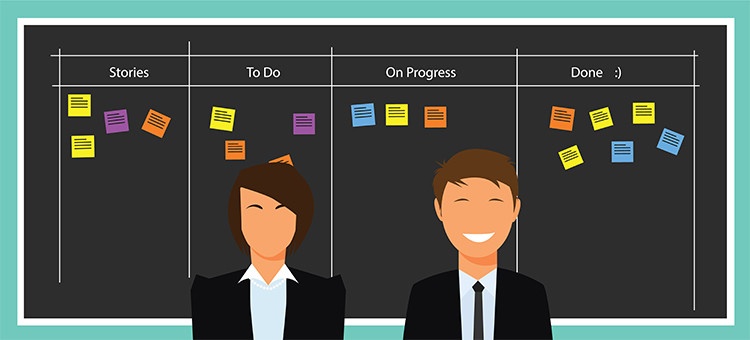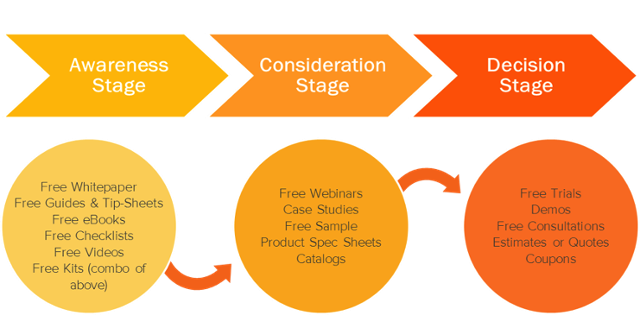
How do you successfully apply the agile methods in the daily business of an established marketing department? Here are a few tips on how to use Agile Marketing effectively and thus further develop your thought leadership.
Agile marketing is a new, important development of marketing in times of digitalization. The future-oriented world of online marketing requires an ever faster intervention of a brand in the markets and in the ongoing communication between customers. Only through constant presence in the minds of the target group can one stand out from the crowd and ultimately become a thought leader.
Agile marketing is much more than a new marketing trend. Agile is about a comprehensive transformation for companies to continuously achieve the highest possible success in marketing in the digital world.
Agile methods originate from project management and were defined for processes in software development in the so-called Agile Manifesto. These principles were adapted for marketing shortly afterwards and summarized in the Agile Marketing Manifesto. Thus, Agile Marketing has emerged as a central component of modern marketing techniques.

Agile Marketing - Scrum Task Board
In a previous blog post on the connection between thought leadership and agile marketing, we already showed you the importance of the individual principles of the Agile Marketing Manifesto for your practice. Now we show you how and with which eight instruments and success factors you can effectively use Agile Marketing in your marketing processes. These are the key tools you need to work in an agile marketing team.
The Buyer's Journey is a journey in the mind of the customer and this journey is called the "Buyer's Journey". It describes the ideal-typical information and purchase decision process of a customer with all phases from feeling a problem to buying and using a product/service to solve the problem. In Thought Leadership Marketing, the Buyer's Journey is an important analysis and control instrument that is used to check again and again whether the planned and ongoing measures are really oriented to the needs of the people.

Agile Marketing - Buyers Journey Phases
The three phases of the Buyer's Journey describe the formation of problem awareness and motivation to act (Awareness Stage), the information and opinion formation about alternative problem solving possibilities (Consideration Stage) and the phase of checking suitable suppliers/solutions and the subsequent purchase decision and use of the product (Decision Stage). In each phase a customer develops different needs for content and offers - and is therefore receptive to different content in each case.
Lead Nurturing Workflows are therefore structured in such a way that each customer receives exactly the content and information offers that correspond to his current status in the Buyer's Journey.
In the future, every marketing department must devote itself to the topic of Agile Marketing in order to remain competitive in the long term and to prevent entire marketing campaigns from going to waste.
To do this, however, the corporate culture must be open and the marketing strategies must be agile. They are the very foundation of Agile Marketing. It is certainly not easy to introduce Agile Marketing from now on and to change teams with processes that were supposedly successful in the past. And as with all change processes, the focus is first and foremost on communication - with all partners and stakeholders involved, from management to agency.
Above all, however, you need a digital strategy and, if necessary, professionals to advise you on this.
You may also like Thought Leadership
About TLS
Contact
Newsletter